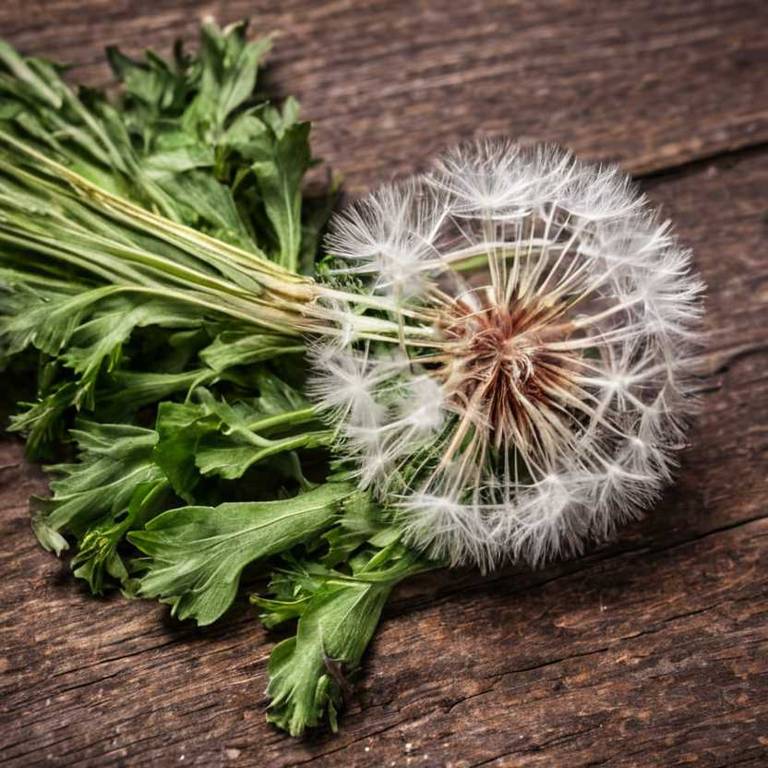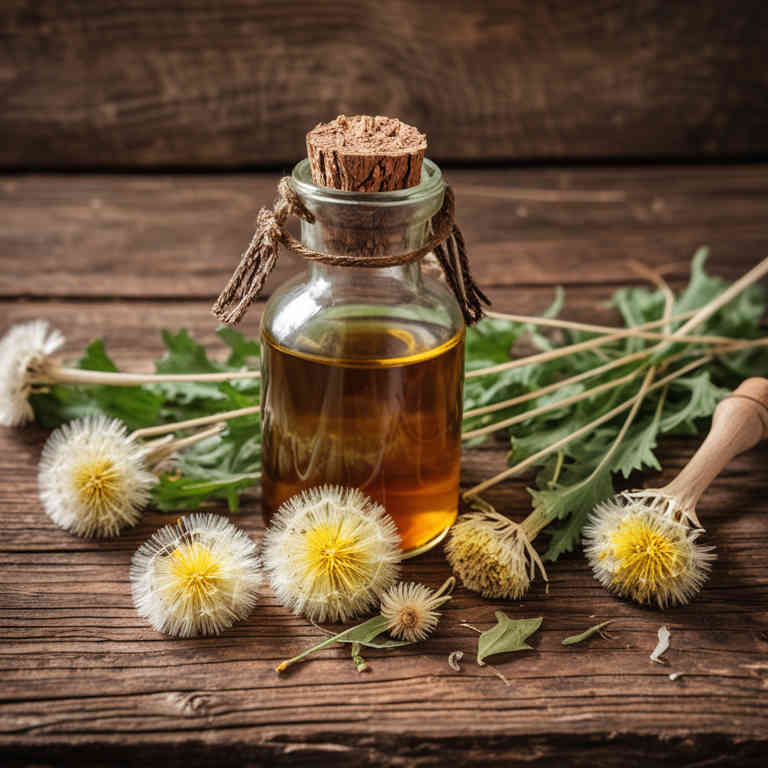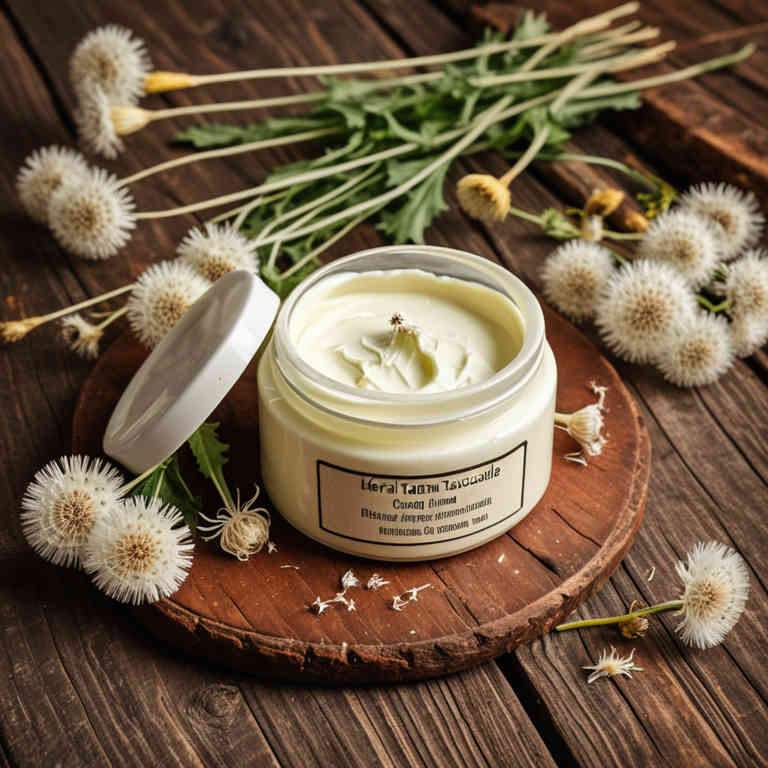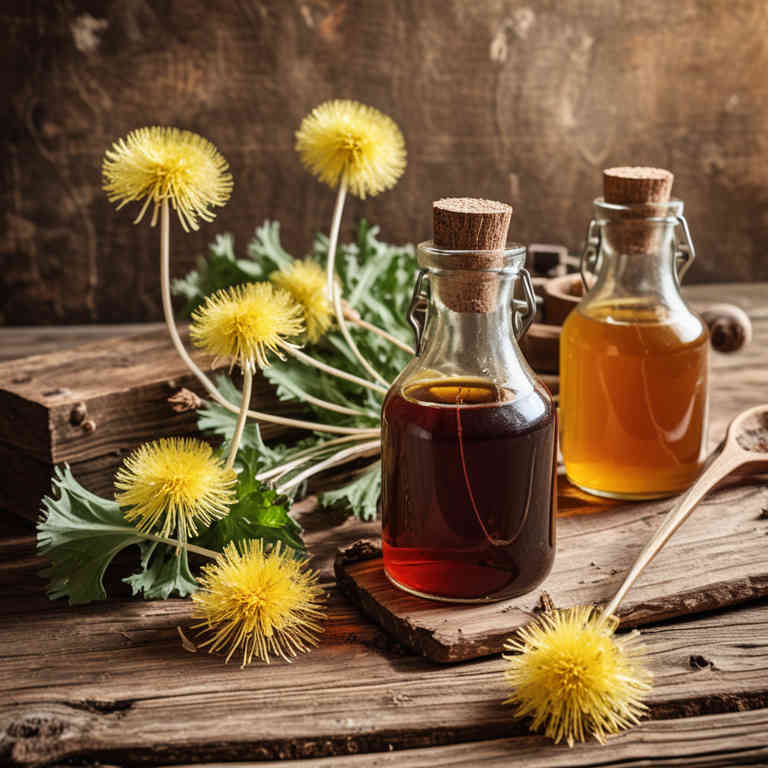10 Best Taraxacum Officinale Preparations

The best medicinal preparations of Taraxacum officinale are teas, decoctions, tinctures, creams, and syrups, each offering unique benefits for various health conditions.
Teas made from the leaves and roots are commonly used to support digestion and detoxification.
Decoctions, which involve boiling the roots, are valued for their stronger medicinal properties.
Tinctures provide a concentrated form of the herb for internal use, while creams are applied topically to soothe skin irritations.
Syrups are often used to alleviate respiratory issues and coughs due to their soothing and expectorant effects.
Below there's a list of the 10 best herbal preparations of taraxacum officinale for medicinal purposes.
- 1. Teas
- 2. Decoctions
- 3. Tinctures
- 4. Creams
- 5. Syrups
- 6. Mucillages
- 7. Capsules
- 8. Lozenges
- 9. Oinments
- 10. Oils
1. Teas
Taraxacum officinale teas is commonly used to support digestive health, detoxification, and urinary function.
This herbal preparation is frequently employed to treat ailments such as indigestion, bloating, kidney stones, and skin conditions. The bioactive constituents responsible for its medicinal properties include compounds like inulin, sesquiterpene lactones, flavonoids, and antioxidants. These components contribute to its anti-inflammatory, diuretic, and mild laxative effects.
Additionally, it is believed to enhance immune function and promote liver health.

2. Decoctions
Taraxacum officinale decoctions is commonly used to support digestive health, detoxification, and respiratory function.
These preparations are often employed to treat ailments such as indigestion, constipation, liver disorders, and mild respiratory infections. The bioactive constituents responsible for its medicinal properties include compounds like sesquiterpene lactones, flavonoids, mucilage, and inulin. Additionally, the decoctions may contain antioxidants and anti-inflammatory agents that contribute to their therapeutic effects.
Due to its mild and versatile nature, it is widely used in traditional and modern herbal medicine.

3. Tinctures
Taraxacum officinale tinctures is commonly used to support digestive health, alleviate inflammatory conditions, and promote detoxification.
These tinctures are frequently employed to treat ailments such as indigestion, bloating, liver disorders, and skin irritations. The bioactive constituents responsible for these medicinal properties include compounds like sesquiterpene lactones, flavonoids, and antioxidants, which exhibit anti-inflammatory, cholagogue, and antimicrobial effects. Additionally, the presence of inulin and other polysaccharides contributes to its prebiotic and immune-supporting benefits.
Overall, Taraxacum officinale tinctures are valued for their broad spectrum of therapeutic actions in traditional and modern herbal medicine.

4. Creams
Taraxacum officinale creams is commonly used to treat skin conditions and inflammatory disorders.
These creams are often applied topically to reduce redness, swelling, and irritation associated with eczema, psoriasis, and minor skin infections. The plant's anti-inflammatory and antioxidant properties make it effective in soothing and healing damaged skin. The bioactive constituents include sesquiterpene lactones, flavonoids, and mucilage, which contribute to its therapeutic effects.
Additionally, the presence of allantoin helps in promoting skin cell regeneration and wound healing.

5. Syrups
Taraxacum officinale syrups is commonly used to support digestive health, alleviate respiratory issues, and promote detoxification.
These syrups are often employed to treat ailments such as indigestion, constipation, coughs, and inflammation. The bioactive constituents responsible for these effects include compounds like taraxacin, inulin, sesquiterpene lactones, and various flavonoids. These components contribute to the plant's anti-inflammatory, antioxidant, and mild laxative properties.
Additionally, the syrup may help in reducing mucus production and supporting liver function.

6. Mucillages
Taraxacum officinale mucillages is commonly used to soothe digestive issues, reduce inflammation, and support immune function.
This herbal preparation is often employed to treat ailments such as indigestion, gastritis, and respiratory infections due to its demulcent and anti-inflammatory properties. The mucillages, which are rich in polysaccharides, help coat and protect mucous membranes, providing relief from irritation. Additionally, the presence of antioxidants and flavonoids contributes to its ability to combat oxidative stress and enhance overall wellness.
These bioactive constituents work synergistically to support the body’s natural healing processes.

7. Capsules
Taraxacum officinale capsules is commonly used to support digestive health, promote detoxification, and alleviate inflammatory conditions.
These capsules are often used to treat ailments such as indigestion, constipation, liver disorders, and skin conditions like eczema. The bioactive constituents responsible for these effects include compounds such as sesquiterpene lactones, flavonoids, mucilage, and inulin. These components contribute to the plant's anti-inflammatory, antioxidant, and mild laxative properties.
Additionally, the high concentration of antioxidants may help in supporting the immune system and reducing oxidative stress in the body.

8. Lozenges
Taraxacum officinale lozenges is commonly used to alleviate symptoms of respiratory and oral infections, such as sore throat, cough, and inflammation of the throat and mouth.
These lozenges are often employed to treat ailments like pharyngitis, laryngitis, and even mild cases of bronchitis due to their anti-inflammatory and antimicrobial properties. The bioactive constituents responsible for these effects include compounds such as sesquiterpene lactones, flavonoids, and mucilage, which have demonstrated anti-inflammatory, antioxidant, and immune-modulating activities. Additionally, the presence of allantoin in the plant contributes to its soothing and healing properties for irritated tissues.
Overall, Taraxacum officinale lozenges are valued for their natural ability to support respiratory and oral health.

9. Oinments
Taraxacum officinale oinments is commonly used to treat skin conditions, inflammation, and minor wounds due to its anti-inflammatory and antimicrobial properties.
These oinments are often applied topically to reduce redness, swelling, and irritation associated with eczema, psoriasis, and other dermatological issues. They are also used to alleviate pain and promote healing in cases of minor burns, cuts, and insect bites. The bioactive constituents responsible for these effects include sesquiterpene lactones, flavonoids, and mucilage, which have anti-inflammatory, antioxidant, and wound-healing properties.
Additionally, the presence of allantoin in the preparation helps to soothe and protect the skin.

10. Oils
Taraxacum officinale oils is commonly used to support digestive health, reduce inflammation, and promote skin healing.
These oils are often applied topically for conditions such as eczema, psoriasis, and minor skin infections, while internally they may help alleviate digestive issues like indigestion and bloating. The most common medicinal uses include treating gastrointestinal disorders, inflammatory conditions, and skin ailments.
The bioactive constituents responsible for these effects include sesquiterpene lactones, which have anti-inflammatory and antimicrobial properties, as well as flavonoids and antioxidants that contribute to its therapeutic benefits.
